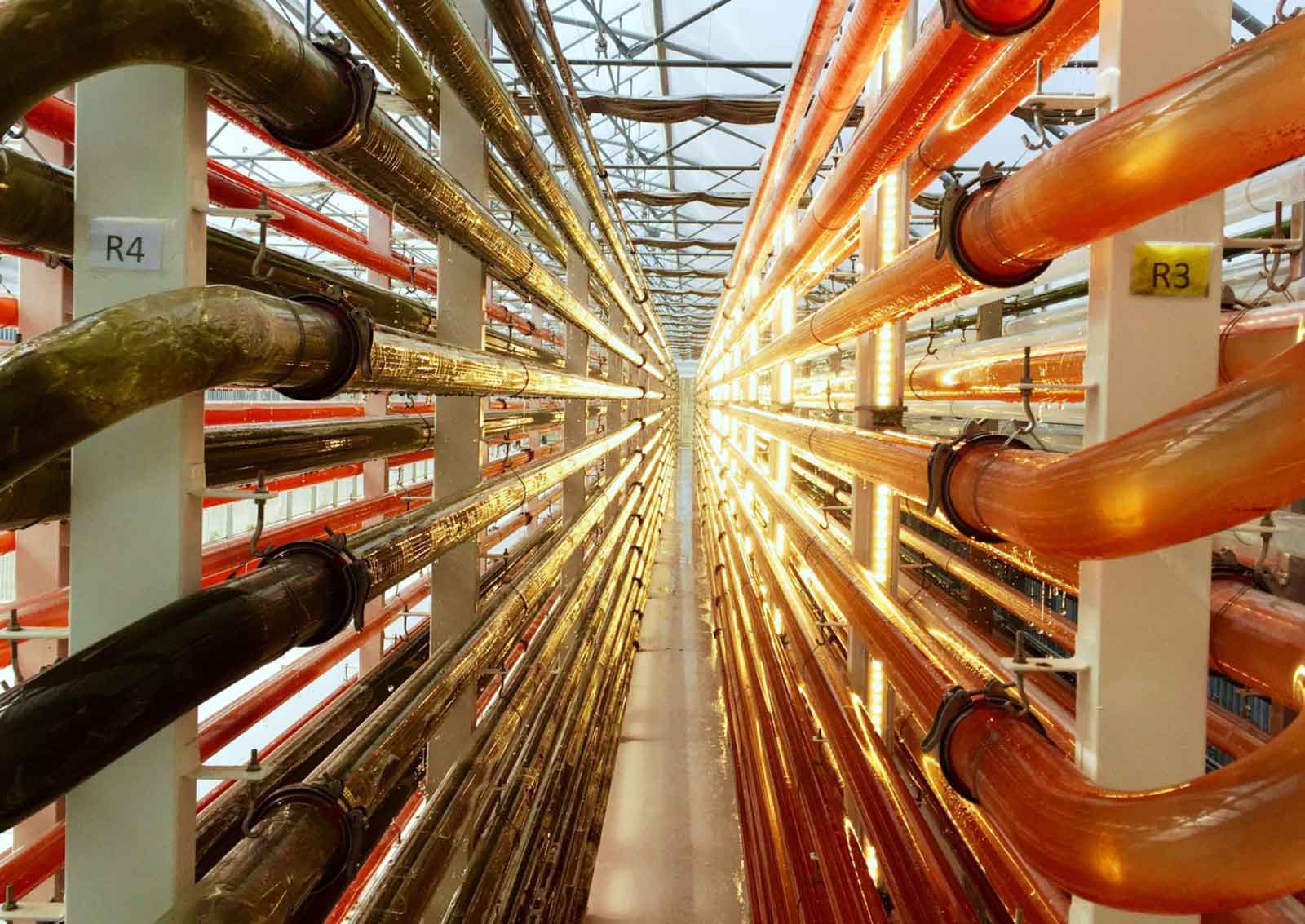The new biorefinery will make use of Microphyte’s CAMARGUE technology, which uses hydro-biomimetic principles. It mimics nature’s most efficient growth conditions in order to exploit the full biological potential of microalgae. The platform is capable of efficiently producing and extracting bioactive compounds and has an annual capacity of over 100 tonnes. This will enable the production of environmentally friendly, natural ingredients for the food and cosmetics sectors that are not dependent on petrochemicals. No GMOs or pesticides are used in the production and water consumption and CO2 emissions remain low. SCALE thus contributes to achieving the European climate objectives.
Strong growth
The natural ingredients sector is growing by 8 to 10% per year and already represents a global market of $4 to $5 billion. It is expected that after the successful completion of the first SCALE facility, the income from ingredients produced in SCALE will rise to € 1 billion. Moreover, the first SCALE facility will create about 100 jobs by 2025.
“For BBI JU, funding the first industrial biorefinery that will convert microalgae into high-quality ingredients with high nutritional value for food and cosmetic applications is a strategic priority,” said Philippe Mengal, executive director of BBI JU. “SCALE is the first biorefinery to develop a whole new value chain for aquatic resources. It will help reduce the EU’s heavy dependence on imported natural ingredients while acting as a carbon sink. We are delighted that an SME is taking the lead in this highly qualified project team!”
More information can be found on the Microphyt website.
Image: Microphyt



